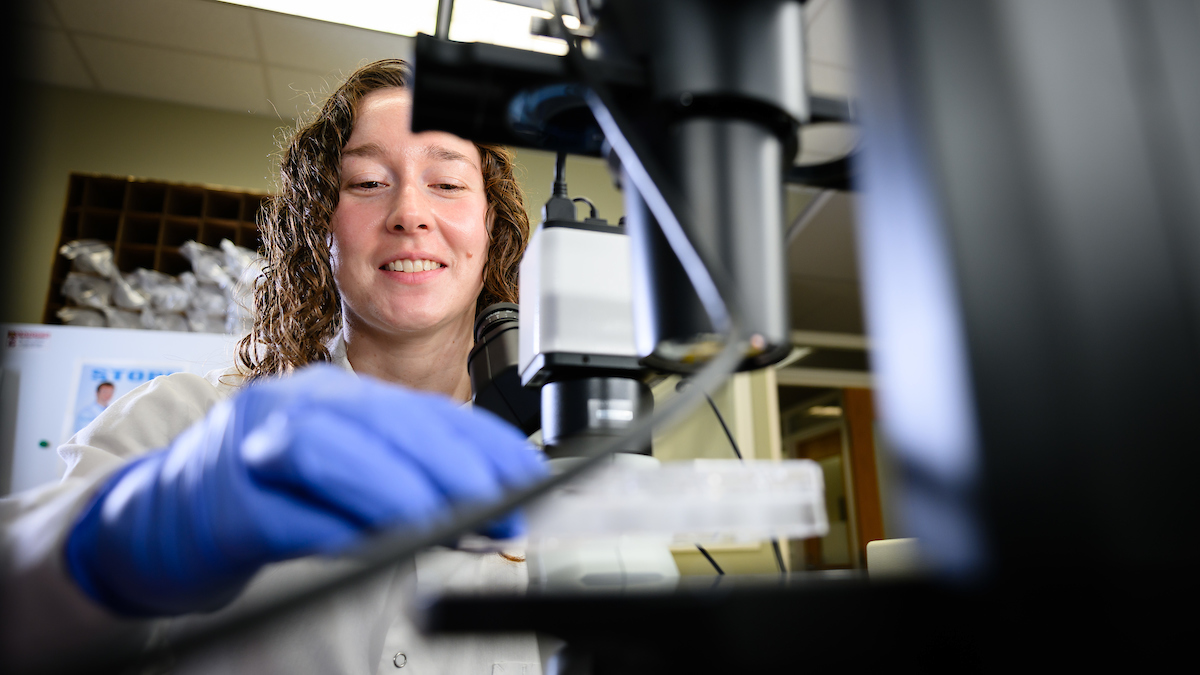NC State Stem Cell Study Helps Dogs with Spinal Cord Injuries, May Benefit People
The NC State News Bureau did a report on research being conducted by Dr. Natasha Olby in the Neurology and Neurosurgery Service at the College of Veterinary Medicine’s Randall B. Terry, Jr. Companion Animal Veterinary Medical Center.
Tobi is a six-year-old cocker spaniel whose hind legs were paralyzed after he suffered a herniated disc in his spine. Although Tobi will never fully regain the use of his legs, he has benefitted from a clinical trial involving stem cell transplantation in dogs that is currently underway at North Carolina State University.
See video presentation: Stem cell treatments for paralyzed dogs.
Dr. Natasha Olby, professor of neurology at the NC State College of Veterinary Medicine, specializes in researching treatments for long-term paralysis in dogs. According to Dr. Olby, even in the case of severe spinal cord injury all may not be lost in terms of spinal cord function – there may still be salvageable, living nerves and nerve fibers, or axons, bridging the site of the injury that could still transmit signals if they had a little help.
Obviously, researchers would love to be able to replace all the lost neurons and axons and restore normal connections in a damaged spinal cord. But that sort of treatment is not yet possible. On the other hand, targeting surviving nerves and axons that are still crossing the site of the injury and restoring their conductivity is more attainable.
Often, these damaged nerves have lost the myelin sheath, fatty material that coats axons and allows them to conduct signals. Dr. Olby wants to restore the myelin sheath to these surviving axons by taking fat cells from the patient and turning them into stem cells that can be combined with nerve cells and injected into the site of the damage, regrowing the sheath. Even though she is still in the early stages of a randomized clinical trial, the results thus far are encouraging.
Dogs like Tobi will not be the only beneficiaries of Dr. Olby’s research. If the therapy produces positive results in dogs, then translating the treatment to humans is a natural next step. And in humans, even very small improvements have the capacity to radically transform quality of life.
“Even if this procedure produced an effect in a person as small as giving him or her partial control of one finger, that could allow the patient to use a computer, which opens up a whole new world of possibilities in terms of communication and interaction with the outside world,” Dr. Olby says.
— Tracey Peake
Dr. Olby’s research is funded by the Morris Animal Foundation and is one of the clinical trials underway in the Neurology Service within the Randall B. Terry, Jr. Companion Animal Veterinary Medical Center.


